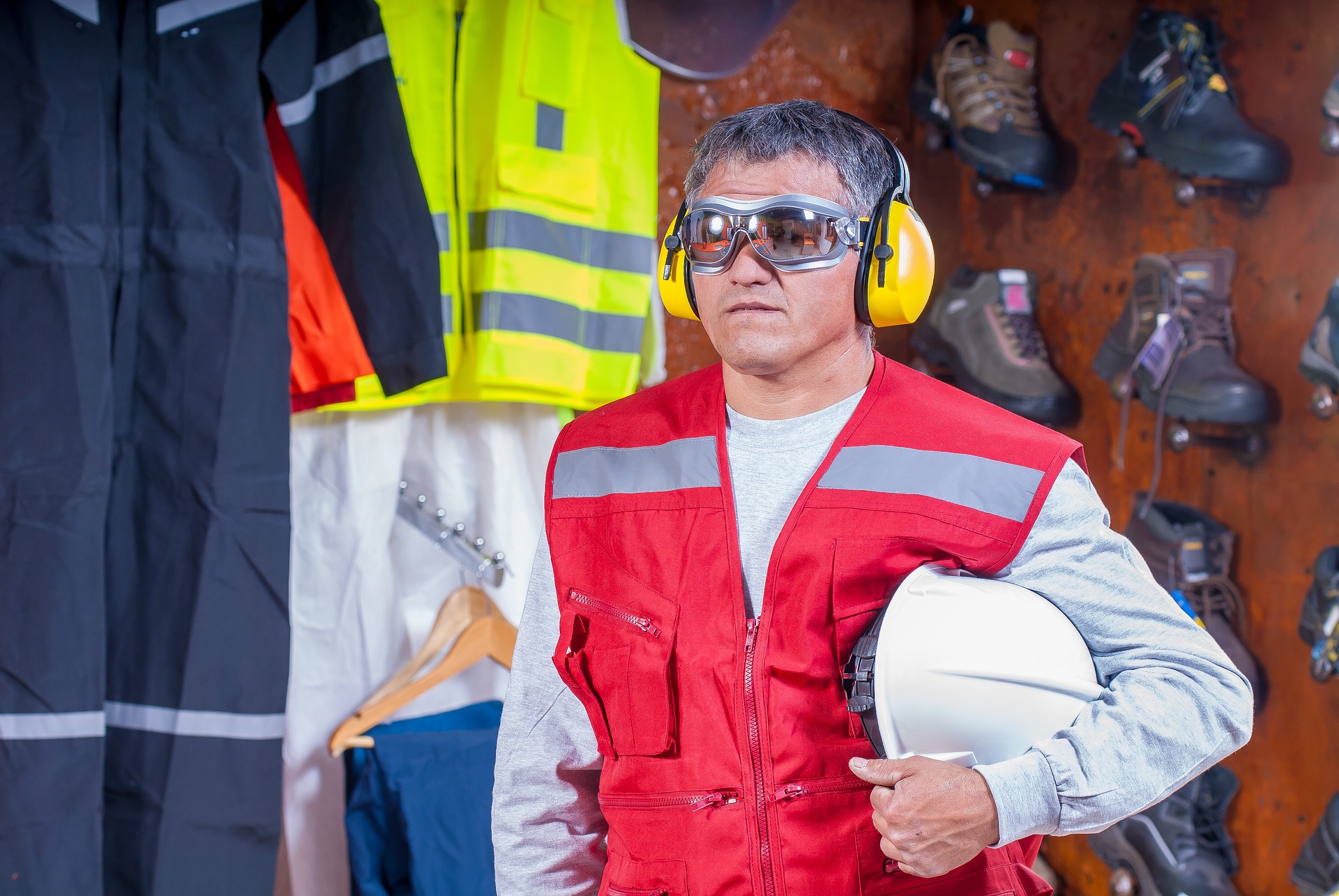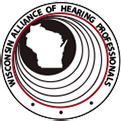Today’s topic is the industrial deafness prevention and treatment. The most common type of hearing loss is industrial deafness, sometimes referred to as noise-induced hearing loss. The usual cause of this condition is extended exposure to excessive noise levels.
Noise-induced hearing loss symptoms
You have to be aware that hearing loss caused by noise exposure is irreversible, so it’s very important to watch out for one of the following hearing loss symptoms before they became a serious condition:
- Ringing in the ears
- Trouble to hear speech when there is background noise
- Turning the TV volume up
- Missing certain sounds of conversation
- Permanent or temporary hearing loss in one or both ears
“If you ever notice one of these signs, contact your medical specialist in order to reduce the damage and find a proper way to manage your hearing problems”.
Two basic factors that influence damage of the internal ear
1. Physical factors
- Noise intensity – one of the most important noise factors. The noise level that causes the damage starts from 80 to 90 dB.
- The noise spectrum – high-frequency tones have greater trauma effects while deeper sounds are less harmful.
- The rhythm of noise – the noise can be continuous and discontinuous in its rhythm. Today, it is assumed that continuous noise causes more damage than discontinued.
- The duration of the noise – an important element on which the degree and speed of the occurrence of hearing loss depend. In order to create an acoustic trauma, the noise intensity must be above the critical limit. Exposure to 85 dB noise will cause a gradual loss of hearing in a significant number of people
2. Individual factors
- Individual sensitivity – There is a different individual sensitivity to noise.
- Age – The sensitivity to noise is exactly proportional to the age of the person who is exposed to it.
Warning signs of the dangerous levels of noise
Industrial deafness appears gradually so it’s very hard to become aware of its presence. Unfortunately, by the time you realize that you are having difficulty hearing, you may lose a significant amount of hearing.
Danger signals from your environment
- Experiencing pain in your ears after leaving noisy areas
- Ringing or buzzing in the ears after exposure to noise
- Difficulty understanding speech – you can hear the conversation, but you don’t understand it.
Occupations with a high risk of noise-related hearing loss
- Construction and Mining
- Manufacturing
- Entertainment
- Military
- Agriculture
Industrial deafness prevention
Noise-induced hearing loss is almost entirely preventable. Companies are obliged by the law to ensure proper hearing protection at the workplace.
If you are exposed to potentially damaging noise at work, make sure to always use protection and respect all safety instructions given by your company.
“In addition to good sound protection, noise protection devices must be comfortable, so several types of protectors must be tested to find the appropriate one”.
Hearing loss can be prevented by limiting the noise exposure, reducing noise levels whenever possible, and stepping away from the source of the noise.
Noise above 84 decibels such as lawnmowers and motorcycles can cause serious damage to your hearing. The same applies to listen to loud music for an extended period of time.
The best way to protect yourself is to reduce noise at the source:
- When buying new house appliances consider their noise outputs
- Replace your headphones with the ones that are blocking background noise to help you moderate your listening level
- When involved in loud activities use hearing protection
- Turn down the volume on your TV
Industrial deafness treatment
When the hair cells in the inner ear are damaged by noise exposure they cannot be restored. All the treatments for noise-induced hearing loss are still under research and there are no commonly used cures.
However, there are still options to manage your condition and improve the quality of your life. Wearing proper hearing aid can help you to keep up with your normal activities.
“Consult your hearing loss specialist in order to find the best hearing aid for you”.
Also, you might want to consider joining support groups and meetings for hearing impaired. Sharing your experiences with other people will help you understand and adapt to your condition and to continue with your life.



